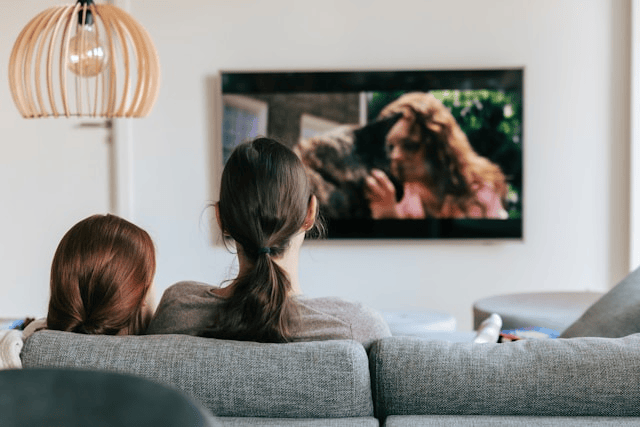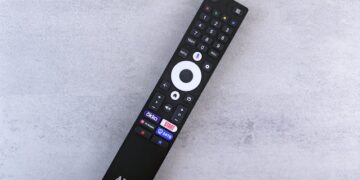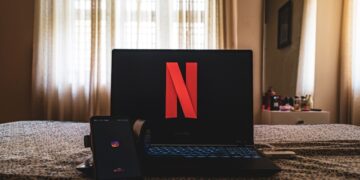In today’s digital age, the battle between streaming vs. watching TV has become a hot topic among viewers everywhere. With the rise of on-demand platforms and the decline of traditional cable TV, many are asking: is cable TV still worth it, or is it time to cut the cord and embrace streaming services?
This article explores the pros and cons of streaming and traditional television to help you decide which is the better choice for your lifestyle and budget.
What Is Traditional TV?
Traditional TV, often referred to as cable or satellite television, has been a staple of home entertainment for decades. It operates on a scheduled programming model where viewers tune in to specific channels at specific times. Most cable TV providers offer a mix of local stations, national networks, and premium channels, with content ranging from news and sports to entertainment and lifestyle shows.
Traditional TV typically requires a cable box or satellite dish, and monthly subscription fees can vary based on the package and provider. While it’s long been the go-to option for live sports, news broadcasts, and scheduled programming, traditional television is starting to lose its grip on modern audiences.
What Is Streaming?
Streaming services have revolutionized how we consume content. Instead of waiting for a program to air, viewers can access a vast library of movies, TV shows, documentaries, and more anytime they want—on-demand. Services like Netflix, Hulu, Disney+, and Amazon Prime Video have become household names, offering thousands of titles across every imaginable genre.
Streaming platforms are accessible through smart TVs, smartphones, tablets, laptops, and even gaming consoles. All you need is a reliable internet connection, and you’re ready to watch what you want, when you want. Many streaming services also produce exclusive original content that can’t be found on traditional TV.
Content Availability and Variety
When comparing streaming services vs cable TV, content variety is a major factor. Cable TV offers a wide selection of channels but often requires viewers to pay for large bundles, many of which include channels they may never watch.
Streaming platforms, on the other hand, let you choose from a wide range of specialized services. Whether you’re into Korean dramas, indie films, true crime documentaries, or children’s cartoons, there’s a service for you. The availability of on-demand content allows you to binge-watch entire seasons or explore niche genres at your convenience.
However, traditional TV still has the edge when it comes to live content. Major live sports events, award shows, and breaking news are still most reliably found on cable or satellite television.
Cost Comparison
One of the biggest advantages of streaming is cost. Traditional cable TV packages can range from $50 to $150+ per month, often with hidden fees for equipment rentals, installation, or HD access. These high costs have led many consumers to question: is cable TV still worth it?
In contrast, streaming services are much more affordable. For example, Netflix’s basic plan starts at under $10 per month, while Disney+ and Hulu offer budget-friendly options. Even when subscribing to multiple platforms, many viewers find that streaming costs significantly less than cable TV.
However, costs can add up quickly if you subscribe to too many services. And unlike cable, some streaming services are beginning to incorporate ads unless you pay for premium, ad-free tiers.
Convenience and Accessibility
Convenience is where streaming truly shines. Streaming platforms allow you to watch your favorite content anytime, anywhere, and on virtually any device. Whether you’re on your phone during a commute or relaxing on the couch with a smart TV, access is seamless and instant.
Traditional TV requires viewers to follow set schedules or use DVRs to record shows, which feels outdated compared to streaming’s flexibility. Additionally, cable TV is tied to a physical location, making it less ideal for viewers who travel often or move frequently.
User Experience
Streaming platforms typically offer a superior user experience. Personalized recommendations, intuitive interfaces, parental controls, and the ability to skip intros or adjust playback speed make watching a more enjoyable activity. Content discovery is often easier thanks to search functions, curated lists, and trending categories.
Cable TV interfaces are improving but still lag behind in terms of interactivity and customization. Also, the experience of flipping through hundreds of channels to find something interesting feels clunky compared to the streamlined navigation of most streaming platforms.
Live Events and Sports
Despite the popularity of streaming, traditional TV still holds a strong advantage in live broadcasting. Major sports leagues, such as the NFL, NBA, and MLB, are heavily tied to cable networks. Similarly, live news, weather updates, and special events like the Oscars or the Super Bowl are best experienced through traditional TV.
That said, streaming platforms are catching up. Services like YouTube TV, Sling TV, and FuboTV now offer live TV options, including sports and news channels. But these tend to be add-ons or separate subscriptions, making the experience more fragmented than traditional cable.
Pros and Cons Summary Table
Feature |
Streaming Services |
Traditional TV |
|---|---|---|
Cost |
Generally cheaper |
More expensive, hidden fees |
Content Variety |
Vast, on-demand |
Wide but often bundled |
Live Events |
Limited, improving |
Strong advantage |
User Experience |
Personalized, intuitive |
Basic, less interactive |
Accessibility |
Watch anywhere |
Tied to physical setup |
Ad Interruptions |
Fewer (with paid tiers) |
Frequent ads |
Trends and Future Outlook
Cord-cutting trends show no signs of slowing down. Millions of households have already ditched cable in favor of streaming services. With more platforms offering live TV, sports, and local channels, streaming is rapidly closing the gap.
Meanwhile, traditional TV networks are adapting by launching their own streaming apps and hybrid models. The future will likely involve more integration between live TV and on-demand content, with viewers having greater control over what they watch and how they pay for it.
Conclusion
So, streaming vs. watching TV: which one’s better? The answer depends on your viewing habits, budget, and preferences.
If you value convenience, cost-effectiveness, and access to a wide range of on-demand content, streaming is the way to go. If live sports, local news, and scheduled programming are your priority, traditional TV might still be worth keeping at least for now.









